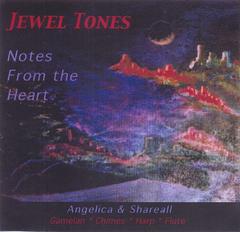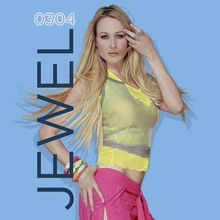Jewel Tones: A Multidimensional Introduction
Have you ever wondered what makes certain colors so captivating and enchanting? Jewel tones, with their rich and vibrant hues, have a unique ability to captivate the senses and evoke a sense of wonder. In this article, we will delve into the world of jewel tones, exploring their origins, characteristics, and applications across various domains.
Origins of Jewel Tones

Jewel tones derive their name from the luxurious and precious gemstones that share similar colors. These hues are often found in nature, such as in the vibrant reds of rubies and garnets, the deep blues of sapphires and lapis lazuli, and the lush greens of emeralds and malachite.
Historically, jewel tones have been associated with wealth, power, and elegance. They have been used in art, fashion, and architecture to convey a sense of sophistication and opulence. The use of these colors dates back to ancient civilizations, where they were considered sacred and reserved for royalty and elite members of society.
Characteristics of Jewel Tones

Jewel tones are characterized by their deep, rich, and saturated hues. They possess a certain depth and intensity that sets them apart from other colors. Here are some key characteristics of jewel tones:
- Richness: Jewel tones are known for their opulent and luxurious quality. They exude a sense of richness and depth, making them perfect for creating a statement.
- Saturation: These colors are highly saturated, meaning they are vibrant and intense. This saturation adds a sense of drama and energy to any design or setting.
- Depth: Jewel tones have a certain depth that makes them appear more substantial and grounded. This depth adds a sense of weight and presence to any object or space.
- Harmony: Jewel tones often work well together, creating a harmonious and balanced composition. This harmony is achieved through the use of complementary and analogous colors.
Applications of Jewel Tones

Jewel tones have a wide range of applications across various domains. Let’s explore some of the most notable ones:
Art and Design
In the world of art and design, jewel tones have been used to create captivating and memorable works. Artists like Picasso and Matisse have incorporated these hues into their paintings, resulting in striking and expressive compositions. Jewel tones are also commonly used in graphic design, where they add a sense of sophistication and elegance to logos, branding, and advertisements.
Fashion
In the fashion industry, jewel tones have been a staple for decades. They are often used to create timeless and classic looks that exude a sense of luxury and elegance. From deep reds and blues to lush greens and purples, jewel tones have been featured in countless fashion shows and runway collections.
Architecture and Interiors
Jewel tones have also made their mark in architecture and interior design. These hues are often used to create a sense of grandeur and opulence in high-end residential and commercial spaces. From the rich reds of a luxurious hotel lobby to the deep blues of a sophisticated office building, jewel tones add a touch of sophistication to any setting.
Beauty and Cosmetics
In the beauty industry, jewel tones are used to create captivating and eye-catching makeup looks. From the deep reds of lipsticks to the vibrant blues of eyeshadows, these hues add a sense of drama and allure to any makeup routine.
Color Combinations
When working with jewel tones, it’s important to consider color combinations to create a harmonious and balanced composition. Here are some popular color combinations that work well with jewel tones:
| Color Combination | Description |
|---|---|
| Red and Blue | This combination creates a striking contrast and adds a sense of drama to any design. |
| Green and Purple | This combination exudes a sense of luxury and elegance, perfect for creating a sophisticated look. |
| Orange and Blue | This combination adds a sense of energy and vibrancy to any space or design. |
By understanding the



